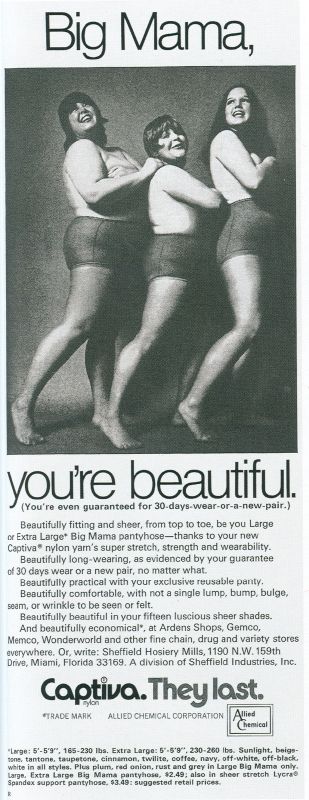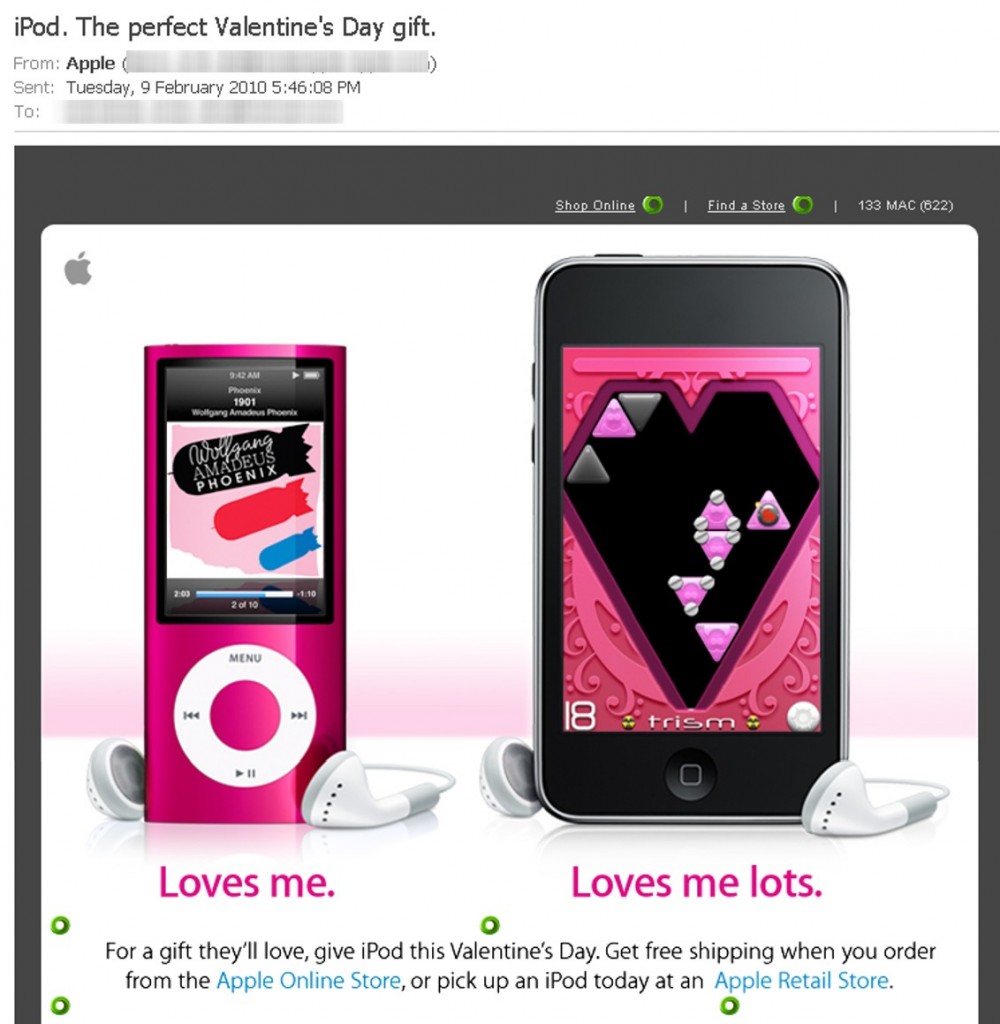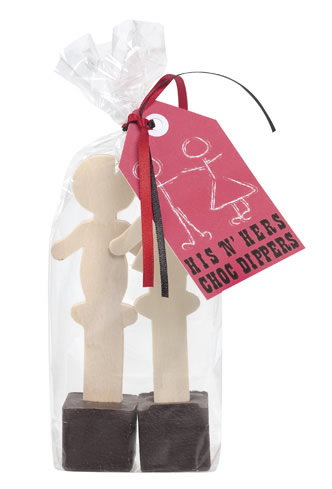E. W. sent in a three-page internet ad for the 2010 Chevy Traverse. The Traverse seats eight, but the ad campaign suggests that it is perfect for just four. E.W. offers the play-by-play:
The first image of the ad shows a young boy and girl in the first row of seats in an SUV. They are separated by at least a foot of space. The young boy is poking the girl (presumably his sister) in the shoulder.
The following images show the two kids in various seating arrangements where they are always separated by the seating rows (one in front and one in back).
The end tag (car-two) states “Finally, you can separate them.”
“To summarize the ad in my words,” said E.W., “Buy a car that can seat 6 kids because you can’t control your 2.”
Or, in my words, in the face of an economic crisis peppered with sky-high fuel prices, we are desperate for another way to try to convince Americans that they need giant cars.
Lisa Wade, PhD is an Associate Professor at Tulane University. She is the author of American Hookup, a book about college sexual culture; a textbook about gender; and a forthcoming introductory text: Terrible Magnificent Sociology. You can follow her on Twitter and Instagram.




















